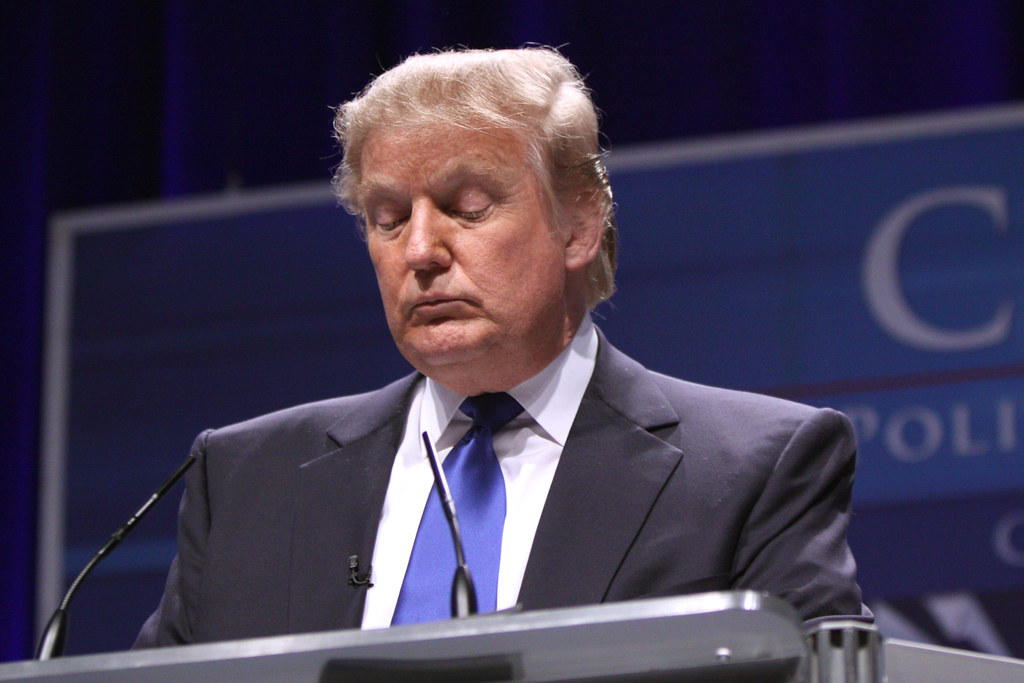Key Takeaways
- Representative Ryan Zinke defended President Trump on a CNN panel after being pressed on “Nazi” remarks.
- Zinke argued there is a clear line between free expression and true threats.
- CNN’s Audie Cornish challenged Zinke to explain threats of legal action over critics.
- Democratic strategist Antjuan Seawright cited Charlie Kirk to stress that U.S. law protects all speech, however ugly.
A CNN segment turned tense when Representative Ryan Zinke spoke up for President Trump. He was pushed to explain threats against critics. The conversation shifted to free speech, hate speech, and how far legal action can go.
The Showdown on CNN
The panel began with Zinke talking about threats to prosecute people who criticize conservatives. He referenced comments by Vice President JD Vance and former Florida Attorney General Pam Bondi. Both had hinted at punishing anyone who spoke harshly about conservative figures.
Then host Audie Cornish interrupted. She quoted Vance’s call for supporters to complain to employers about anyone who criticized activist Charlie Kirk online. Next, she pointed out Bondi’s vow to prosecute so-called “hate speech” against conservatives.
Cornish asked, “Can you defend those threats under free speech?” Zinke paused. He said he agreed with Bondi that slurs and threats cross the line. Yet he insisted there is a difference between harsh words and violent threats.
Ryan Zinke’s View on Speech and Threats
Representative Ryan Zinke took the floor. He said, “There is a difference between expression and hate.” For him, calling someone names falls under free speech. However, actual violent threats are illegal and wrong.
He noted that some news outlets had labeled President Trump a Nazi thousands of times. Zinke said, “You may call him braggadocious. You may call him a lot of things, but he’s not a Nazi.”
Cornish then probed deeper. “Is calling Trump a Nazi an incitement to violence?” she asked. Zinke suggested it “might be,” but added that such accusations create a false rift.
Throughout, Ryan Zinke stressed that ignoring real threats was dangerous. He drew a line between free expression and violent speech. Yet he found it hard to justify threats of legal action against mere critics.
Lines Between Speech and Hate
Zinke described hate speech as a threat. He said hate speech must be punished to keep society safe. But he admitted that harsh online remarks aren’t the same as hate crimes.
He argued that labeling someone a Nazi repeatedly could provoke violence. At the same time, he said modern law protects even harsh insults. This tension formed the heart of his argument.
Vice President’s Pressure on Critics
Earlier in the discussion, Cornish quoted Vice President JD Vance. Vance urged Trump supporters to file complaints with employers about anyone who criticized Charlie Kirk online. He saw this as a way to silence negative comments.
Zinke barely responded to that point. Instead, he focused on Bondi’s threat to prosecute critics under “hate speech” laws. He said he agreed with the attorney general on punishing violent threats, but not with punishing insults.
Charlie Kirk on Hate Speech
Democratic strategist Antjuan Seawright jumped in next. He called on Zinke to stop picking and choosing. Seawright said, “His own vice president called him a Nazi.” Then he quoted Charlie Kirk: “Hate speech does not exist legally in America. There’s ugly speech. There’s gross speech, there’s evil speech, and all of it is protected by the First Amendment.”
Seawright’s words underlined that American law protects a wide range of speech. He added that some conservatives only defend speech when it suits them.
Why Free Speech Matters
This heated back-and-forth raised key questions. Who decides what is too harsh? Can people really be punished for calling public figures mean names? What happens when threats mix with insults?
Free speech covers a lot of ground. It protects popular views and nasty insults. It also shields harsh criticism of presidents. Yet threats of violence stay illegal. That line can blur, however, when insults feel extreme.
Furthermore, public figures often push private consequences. They may pressure employers or threaten legal action. This can chill critics who fear job loss or lawsuits. On the other hand, real threats need to face punishment.
In this case, Ryan Zinke defended Trump’s right to be insulted. He drew a firm line against threats. Yet he struggled to explain why conservatives threaten legal action against critics who use harsh words.
The Bigger Picture
This CNN panel reveals a broader fight over speech limits. Some on the right want to expand “hate speech” laws to curb criticism. Others on the left worry such laws will squash free debate.
Moreover, tactics like employer complaints can sidestep the courts. They create social or economic penalties without legal checks. That method worries free-speech advocates on both sides.
At its core, the debate hinges on one question: How do we balance protection from threats with the right to speak freely? This clash on CNN showed that even lawmakers like Ryan Zinke find that balance hard to describe.
FAQs
How did Ryan Zinke define hate speech versus free expression?
He said hate speech involves violent threats. He argued that harsh insults remain protected under free speech.
Why did Audie Cornish challenge Zinke?
She wanted him to explain threats by conservative leaders to punish critics for speaking out.
What did Antjuan Seawright say about free speech?
He quoted Charlie Kirk’s view that all harsh or ugly speech is legally protected by the First Amendment.
Do insults against public figures count as hate speech?
Under U.S. law, insulting someone—even a president—does not usually meet the legal definition of hate speech or a threat.
